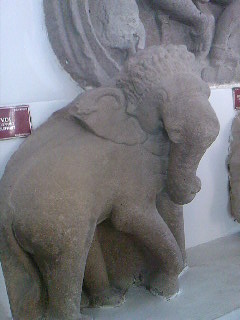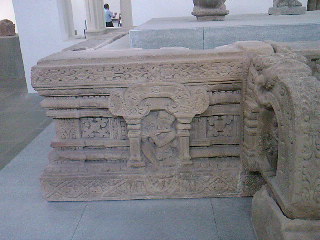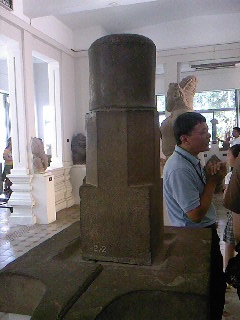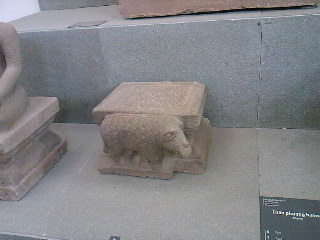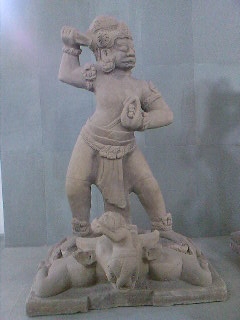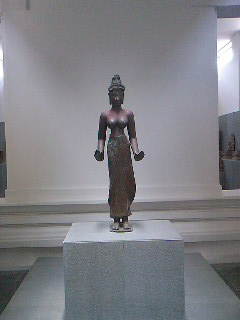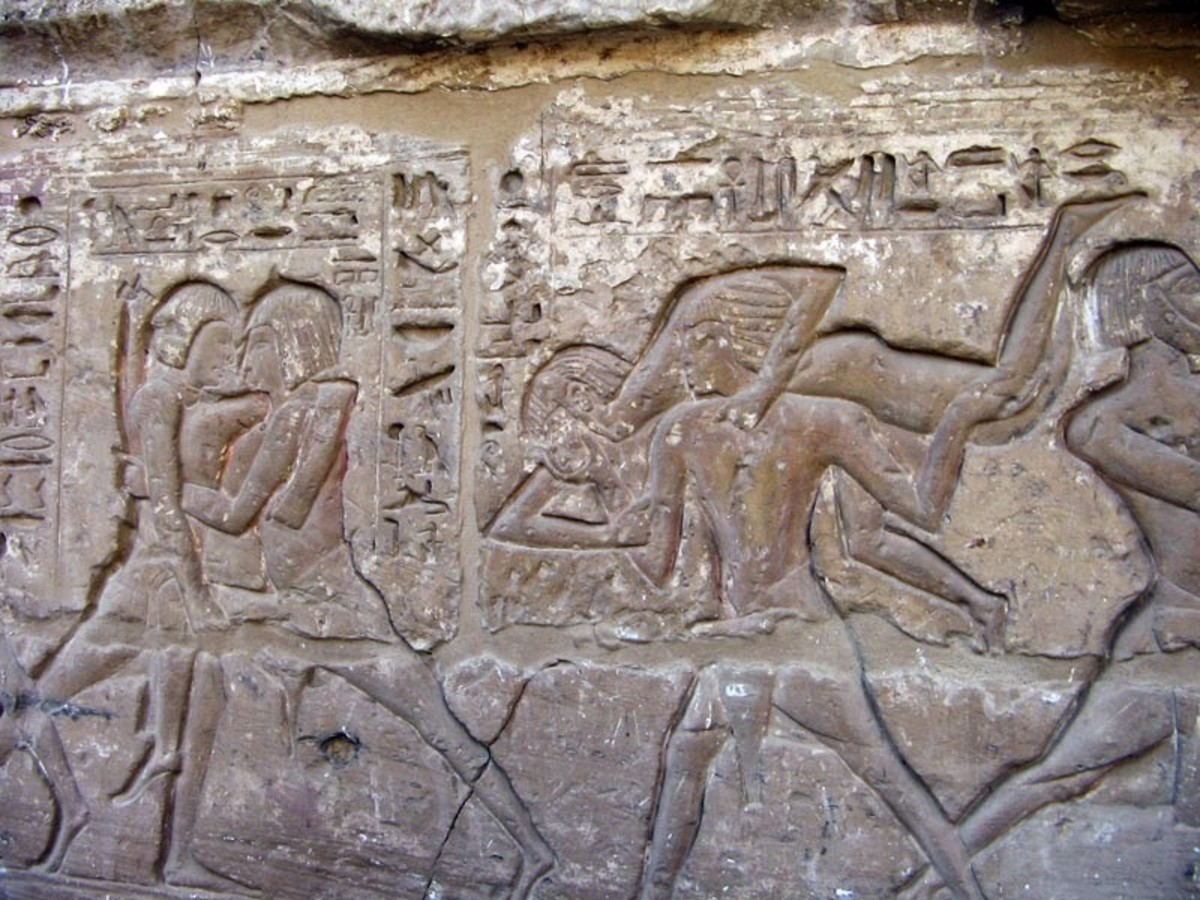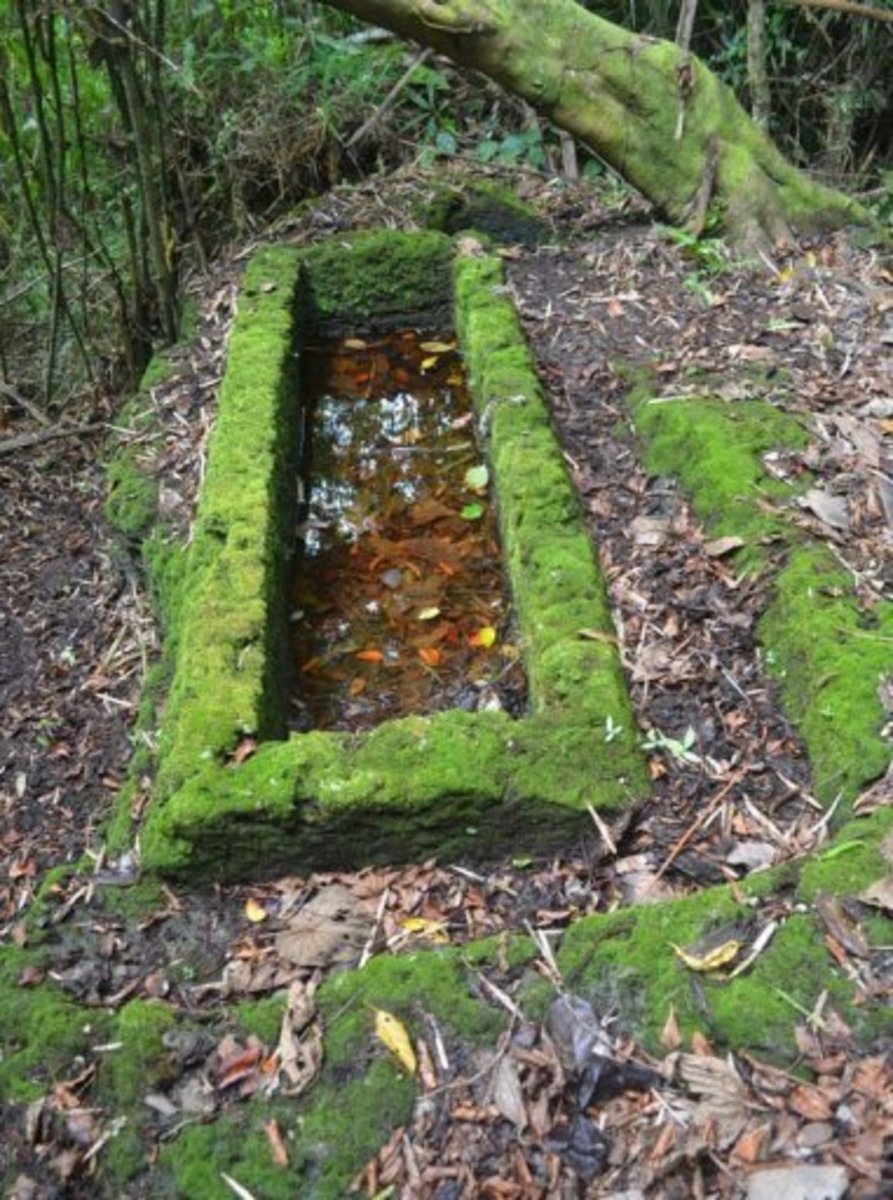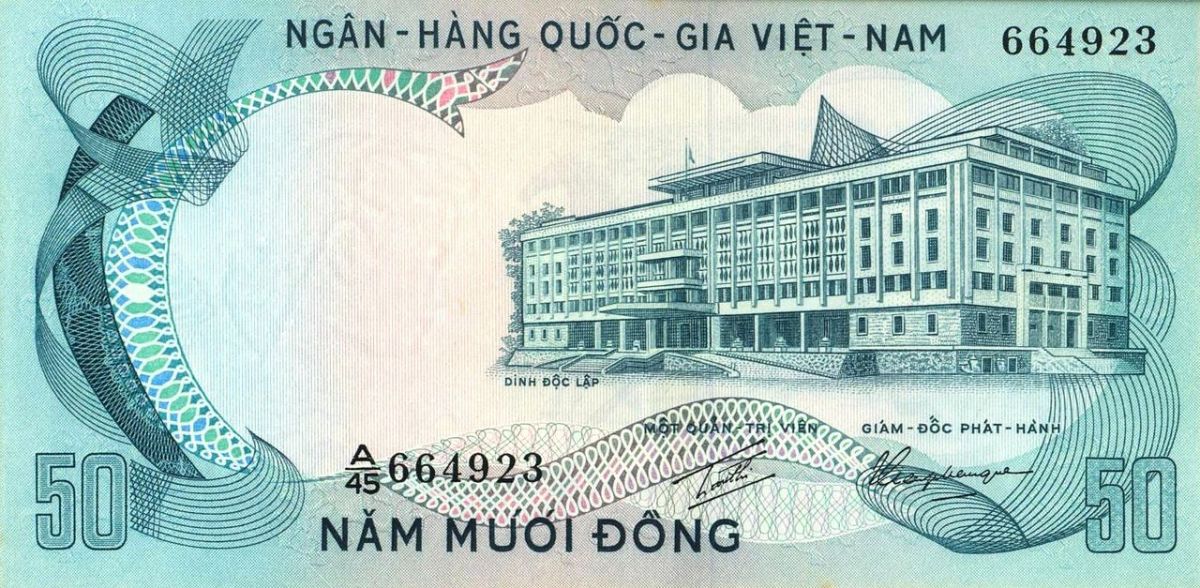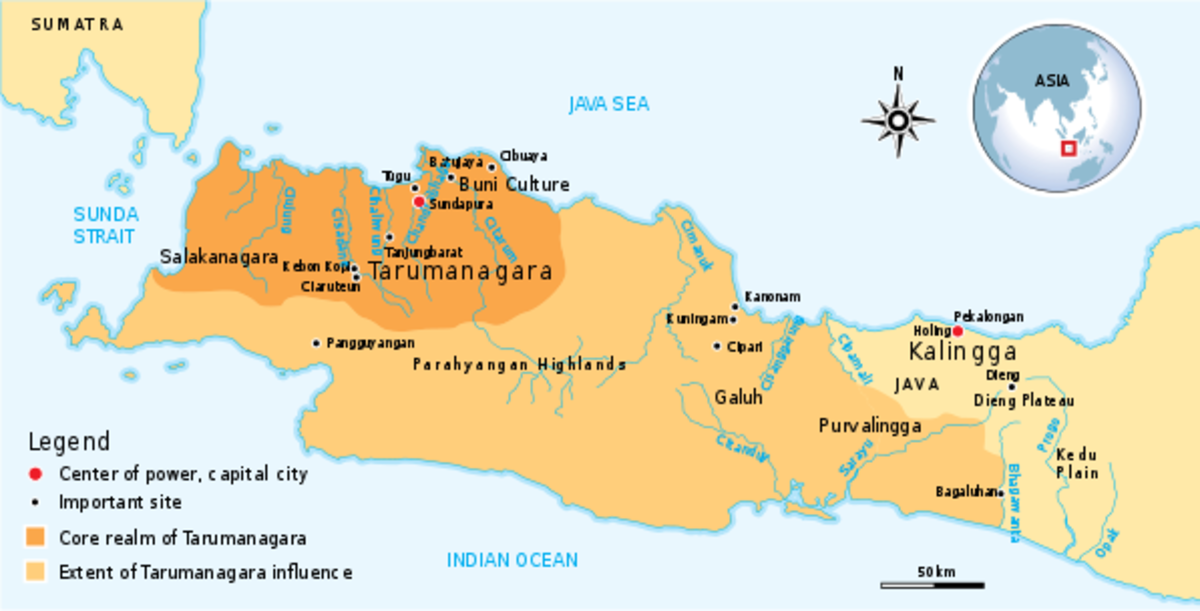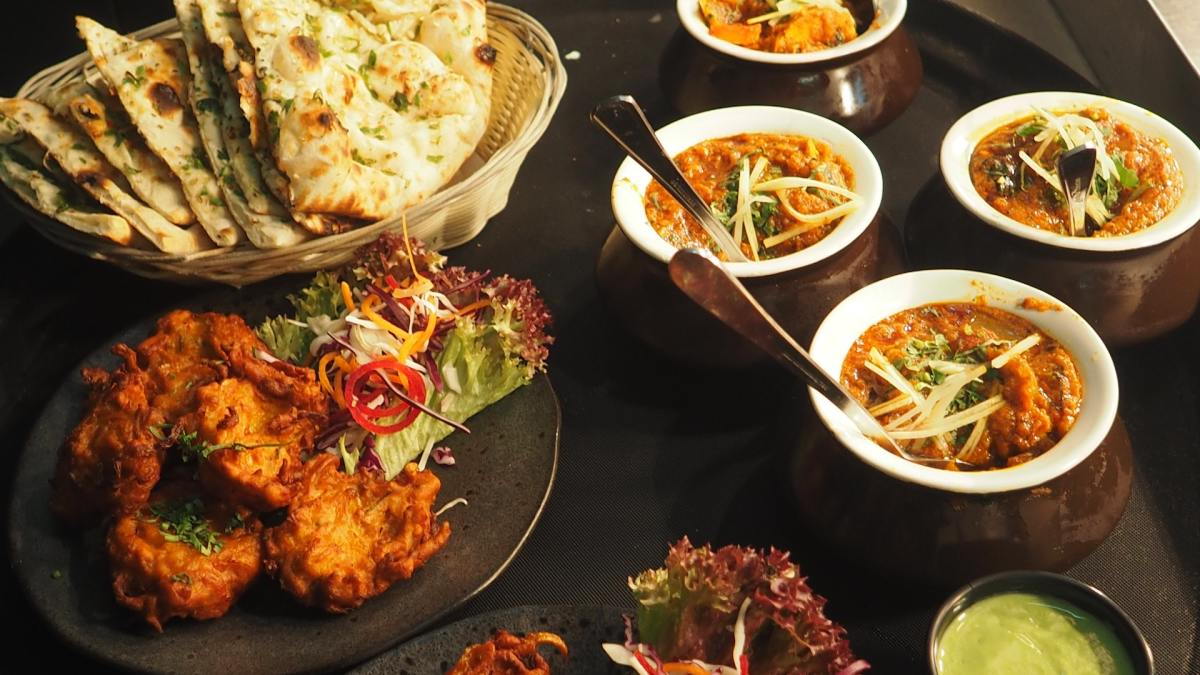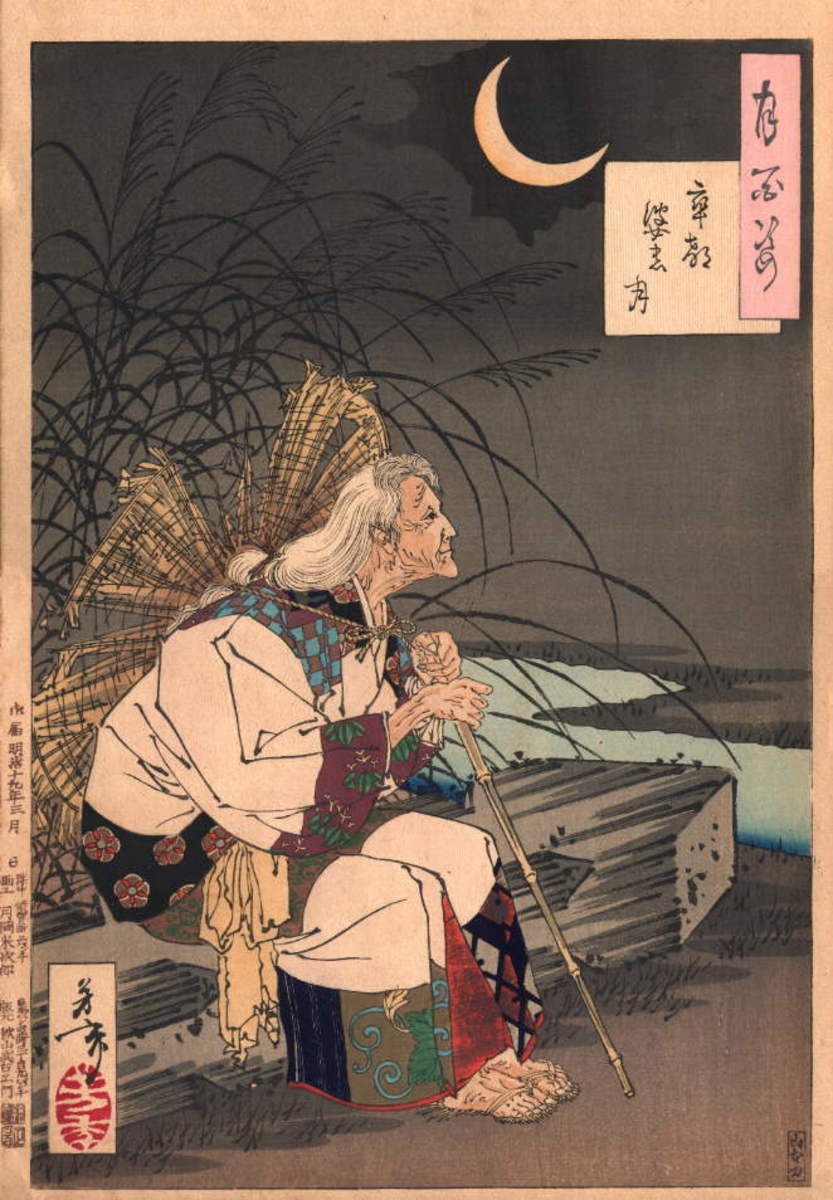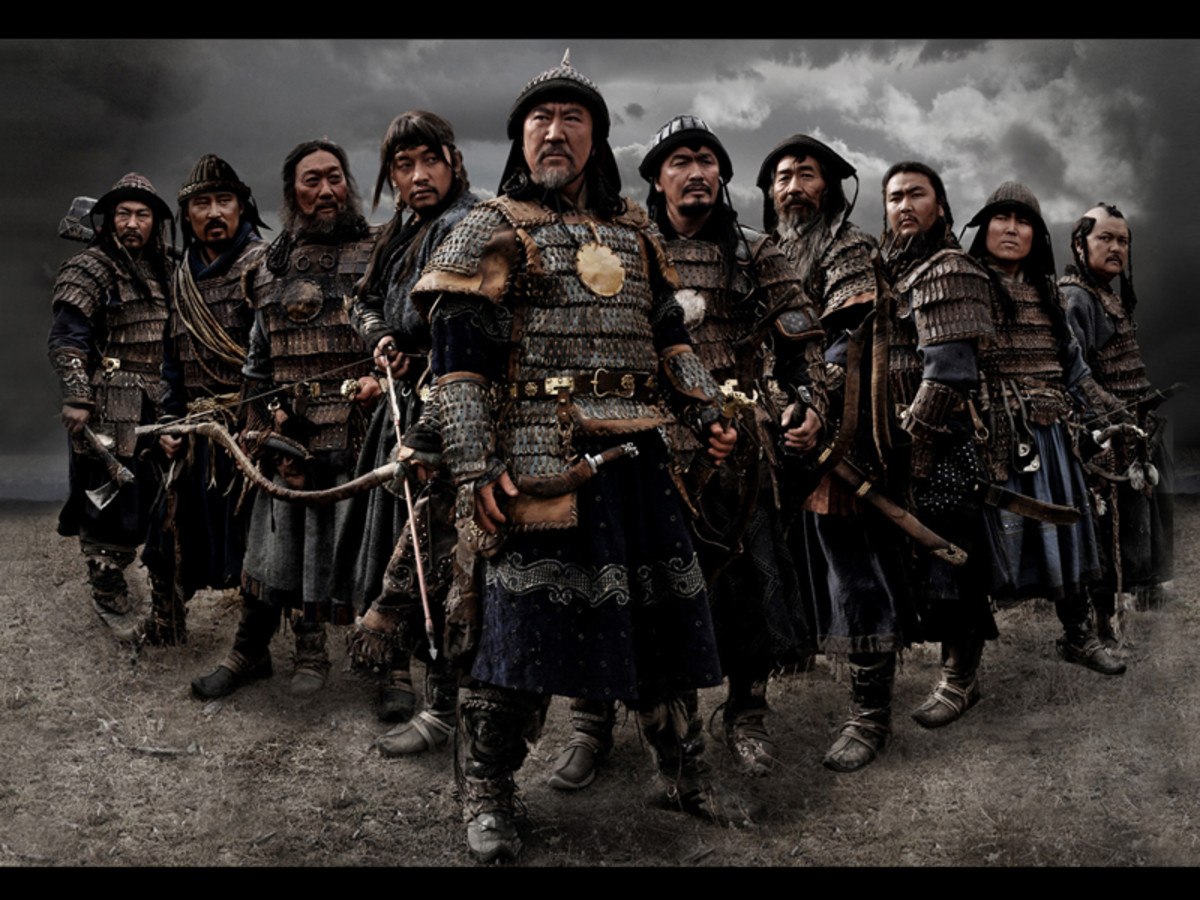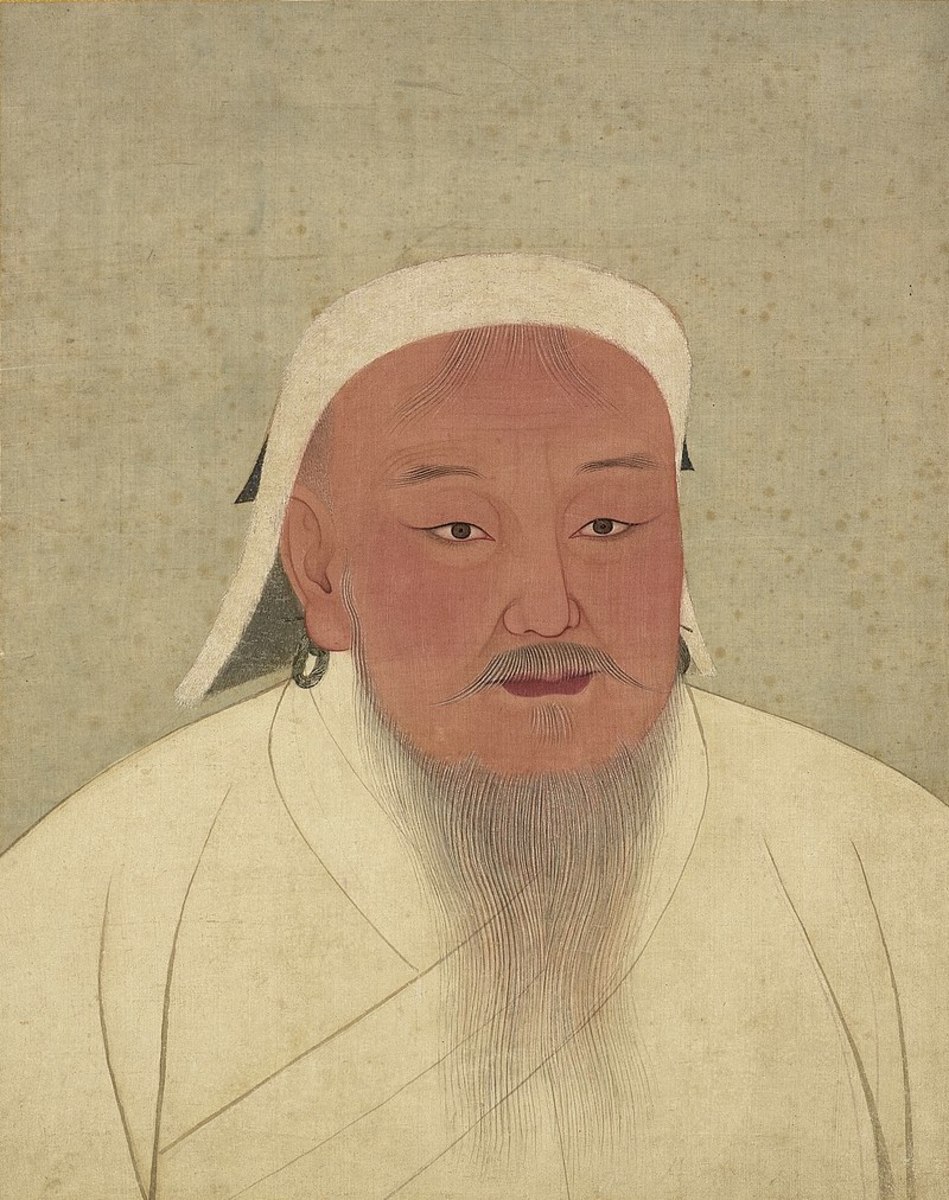Champa Kingdom
Overview
Champa Kingdom was located along the coast of Central Vietnam today. According to Chinese historical records, Champa Kingdom came into existence around 192 AD. People of County Tuong Lam (Quang Nam province, Vietnam today), a colony of China in the Han Dynasty, rebelled against the Chinese governor and founded their own kingdom. Their leader, Kri Mara, became king. The kingdom was called Champa by its people while it was known as Lin Yi (Lam Ap in Vietnamese) and later Zhan Cheng (Chiem Thanh), which originated from Champapura (“The city of the Champa”), by the Chinese and the Vietnamese.
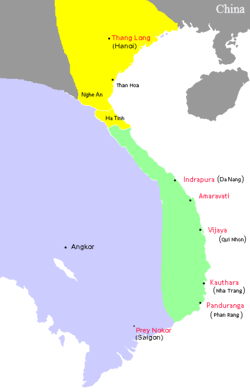
Highlighs of the kingdom
Champa Kingdom was a mandala (a kingdom consisted of minor states that are self-rule). The kingdom’s territory consisted of four areas: Amaravati (Quang Nam, Quang Ngai today), Vijaya (Binh Dinh), Panduranga (Ninh Thuan, Binh Thuan) and Kauthara (Khanh Hoa). The power of the states lied in the hands of major clans, the two largest of which were the Pinang (“Areca”) clan in the North and the Li-u (“Coconut”) clan in the South. The subjects of Champa Kingdom were not only Champa people but also people of other ethnic groups living in the region.
The economy of Champa Kingdom was based on agriculture, handicrafts and trading. Traces of sophisticated irrigation systems and high quality rice strains can be found in Central Vietnam, which proved that the kingdom’s rice cultivation techniques were well developed. Champa Kingdom was blessed with locations ideal for seaports and by the 10th century, it held a crucial role in trading in South China Sea which was part of the trading route between the East and West known as “The silk road of the sea”. The most famous Champa trading goods were pottery and exotic items like rhinoceros’ horn, bird’s nest and especially sandalwood.
Relicts of Champa Kingdom - Exhibition at Champa Museum, Danang, Vietnam
Click thumbnail to view full-size





Decline of the kingdom
Because of disputes over territory and foreign policy, Champa Kingdom was usually at war with its neighbours, especially with the arch rival Viet Kingdom in the north. Champa Kingdom suffered many invasions and raiding of the Vietnamese, the Javanese and the Cambodian. The Champa kings themselves were generally unyielding and warlike so they did not hesitate to retaliate or initiate new wars. That together with the internal struggles for power made the kingdom unstable. Kings were killed in wars or assassinated, the capital city was raided many times thus had to be rebuilt or moved to a new site and many lives were lost. From the 10th century, Champa Kingdom went under a dark time of political and military crisis. Thus it could not resist the full-scale invasion of Viet Kingdom led by king Le Thanh Tong himself in 1471. The defeat was decisive. Amaravati, Vijaya and Kauthaga were integrated into the realm of its arch rival, the rest was too weak and divided to recover and was eventually conquered by the Nguyen lords in their southward move in the 18th century. Champa Kingdom came to an end.
References
Phan
Khoang, “History of Dang Trong (i.e. South Vietnam)”.
Tran Ky
Phuong, “Vestiges of Champa Civilization”, The Gioi Publisher

